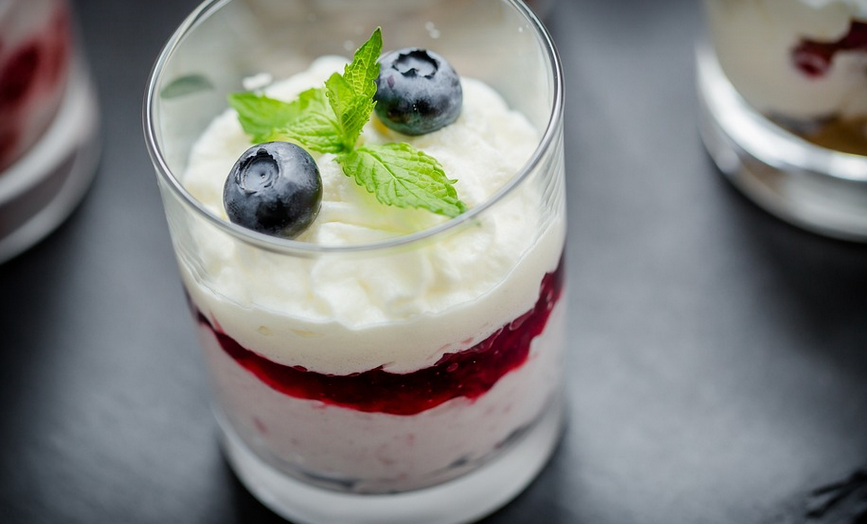The Sweet Science of Yogurt Making
Yogurt, that creamy, tangy delight, is a beloved staple in kitchens worldwide. Whether you’re indulging in a breakfast bowl or simply savoring a refreshing snack, yogurt offers a versatile taste and nutritional punch. But did you know the magic behind that smooth texture and delightful flavor lies in a crucial ingredient: milk? And get this – lactose-free milk can be just as effective, if not better, for your yogurt goals.
The journey of making yogurt is rooted in simple science. Milk, when left to its own devices with the right temperature and time, undergoes a fascinating transformation. Lactose, that natural sugar present in cow’s milk (and most other mammal milk), acts as a catalyst for this magical change. As it encounters heat, a specific enzyme called bacterial lactase, triggered by the warm environment, breaks down lactose into simpler sugars – glucose and galactose.
But before we dive into the specifics of the science, let’s address the elephant in the room: what exactly is lactose-free milk? It’s a delightful blend of convenience and health! Lactose-free milk undergoes a special process that removes lactose – the sugar responsible for causing discomfort in individuals with lactose intolerance. This means you can enjoy the creamy goodness of milk without worrying about bloating, gas, or even upset stomachs.
The beauty of lactose-free milk lies in its ability to emulate the experience you crave from traditional cow’s milk when it comes to yogurt making. Lactose levels are drastically reduced, but the overall composition remains largely intact. The proteins in both types of milk remain similar, allowing for a creamy and smooth texture that is essential to achieve that perfect yogurt consistency.
Now, let’s explore how lactose-free milk works its magic in creating yogurt – like a true culinary alchemist! When you add lactose-free milk to your yogurt starter (usually a bacterial culture), it triggers the same process of transformation. The bacteria present in the starter culture feed on lactose and produce lactic acid, which thickens the milk into yogurt. This remarkable process occurs at specific temperatures, usually around 180°F for a period of several hours.
The transition from regular milk to lactose-free milk for yogurt doesn’t significantly alter the outcome. The result is similar – a delicious and creamy yogurt with all the tangy goodness you anticipate. It’s just that without the discomfort associated with traditional cow’s milk, your journey towards creating yogurt becomes even smoother.
But why choose lactose-free milk for making yogurt? Beyond its ease of use and comfort, there are a variety of reasons to consider it:
Reasons to Love Lactose-Free Milk in Yogurt
While both cow’s milk and lactose-free milk can be used interchangeably for creating yogurt, certain advantages make lactose-free a popular choice. * **A Treat for All:** Lactose intolerance is a common ailment that prevents many from enjoying dairy products. Lactose-free milk opens up the door to experiencing the flavors of milk without the unpleasant symptoms associated with regular cow’s milk.
* **Healthier Indulgence:** Lactose-free yogurt often comes with its own set of health benefits, as it is typically lower in fat and sugar than traditional options. This makes for a more balanced and satisfying treat.
* **Environmental Sustainability:** Lactose-free milk tends to have a smaller environmental footprint compared to cow’s milk, which translates into a more responsible choice regarding your consumption.
The next time you crave the comfort of a perfect homemade yogurt, remember that lactose-free milk is your secret weapon. It’s all about embracing a dairy experience that caters to your needs and preferences – one delicious serving at a time.




